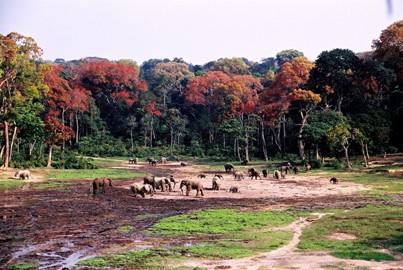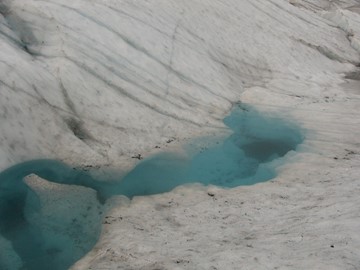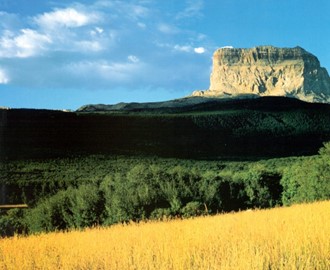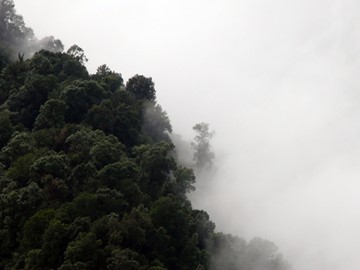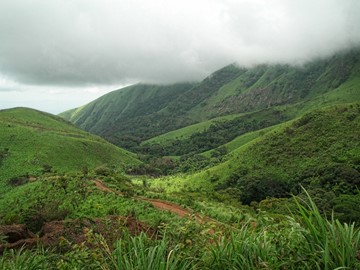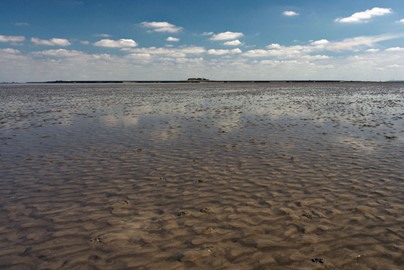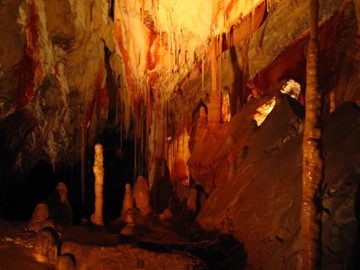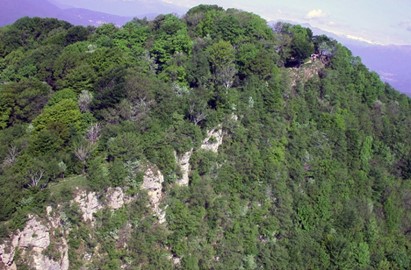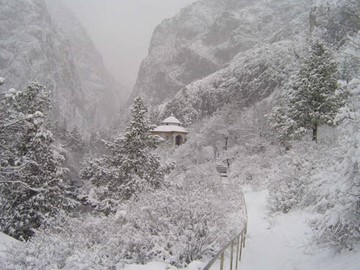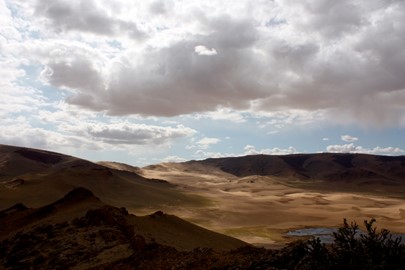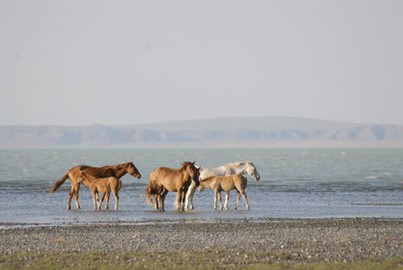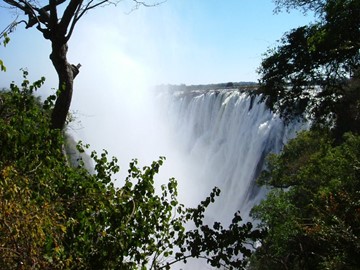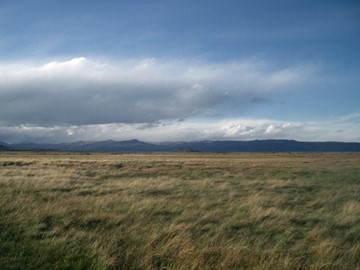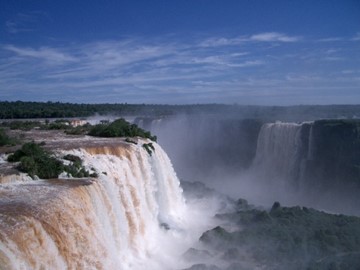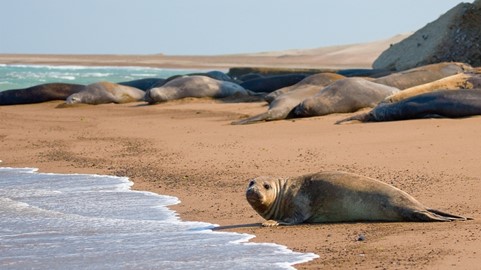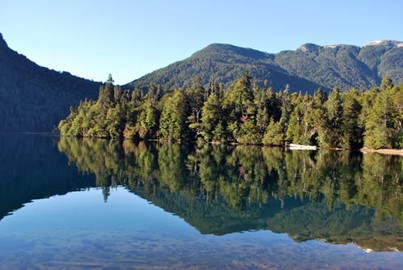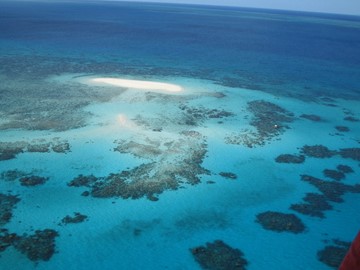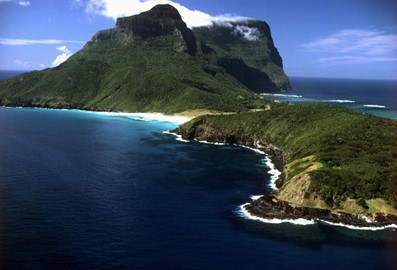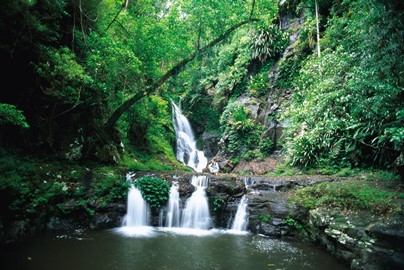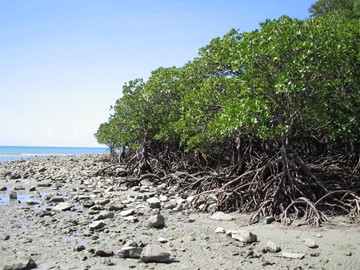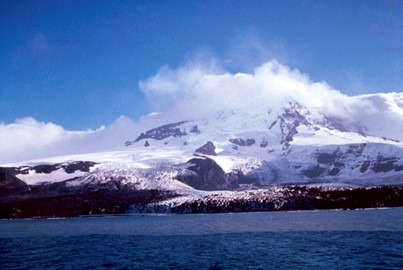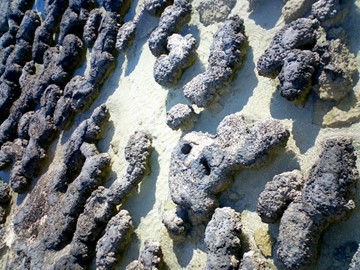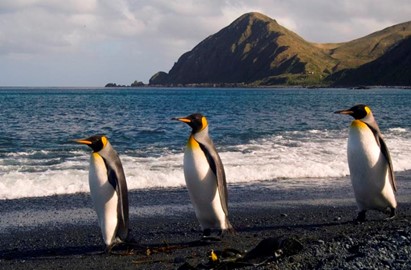category :: natural
Sangha Trinational
Sangha Trinational, a UNESCO World Heritage site in Cameroon, Central African Republic, and Congo, recognized in 2012, is a pristine rainforest spanning three countries in the Congo Basin, celebrated for its rich biodiversity. Home to gorillas, elephants, and rare forest species, its untouched woodlands, clearings, and rivers reflect a vital ecological hotspot. This transnational site showcases Central Africa’s natural heritage, preserved through cooperative conservation across borders in a remote wildernes... Read More
Glacier Bay, Kluane and Tatshenshini
Glacier Bay / Kluane / Tatshenshini, a UNESCO World Heritage site in Canada and the United States, recognized in 1979 with expansions in 1992 and 1994, is a vast wilderness of glaciers, mountains, and rivers across Alaska and Yukon. Featuring North America’s tallest peaks, like Mount Logan, and dynamic icefields, it harbors grizzly bears, Dall sheep, and rare glacial ecosystems. This transnational site reflects a stunning natural legacy, showcasing geological grandeur and biodiversity in a remote northern f... Read More
Waterton Glacier
Waterton Glacier International Peace Park, a UNESCO World Heritage site in Canada and the United States, recognized in 1995, is a cross-border park uniting Waterton Lakes in Alberta and Glacier National Park in Montana, established in 1932 as the world’s first international peace park. Its rugged Rockies landscape features glacier-carved lakes, prairies, and peaks, hosting grizzly bears and diverse flora. This transnational site reflects a shared natural heritage, symbolizing cooperation and ecological rich... Read More
Talamanca and La Amistad Reserves
Talamanca Range and La Amistad, a UNESCO World Heritage site in Costa Rica and Panama, recognized in 1983 with an extension in 1990, is a vast tropical wilderness spanning the Talamanca Mountains, protected as a transboundary park since 1982. Featuring cloud forests, peaks like Cerro Chirripó, and rich biodiversity with jaguars and quetzals, it reflects Central America’s ecological diversity. This cross-border site showcases a shared natural heritage, preserving one of the region’s last intact highland ecos... Read More
Mount Nimba
Mount Nimba, a UNESCO World Heritage site in Côte d'Ivoire and Guinea, recognized in 1981 and 1982, is a rugged mountain range rising from the West African savanna, renowned for its unique biodiversity and geological significance. Home to endemic species like the Nimba toad and chimpanzees that use stone tools, its forests and grasslands straddle a vital ecological frontier. This cross-border site reflects the region’s natural heritage, preserved despite mining threats, showcasing a rare blend of evolutiona... Read More
Wadden Sea
The Wadden Sea, a UNESCO World Heritage site in Denmark, Germany, and the Netherlands, recognized in 2009 with expansions in 2011 and 2014, is Europe’s largest tidal flat system, stretching along the North Sea coast. Its dynamic mudflats, sandbanks, and salt marshes support millions of migratory birds and marine life, reflecting a globally unique coastal ecosystem. This transnational site showcases the region’s natural heritage, preserved through cooperative efforts, highlighting the interplay of tides and ... Read More
High Coast and Kvarken Archipelago
High Coast / Kvarken Archipelago, a UNESCO World Heritage site in Finland and Sweden, recognized in 2000 and extended in 2006, is a Baltic coastal region showcasing dramatic post-glacial rebound, with land rising since the Ice Age. The High Coast’s rugged cliffs contrast with Kvarken’s shallow archipelago of moraine islands, hosting unique ecosystems and geological formations. This transnational site reflects Scandinavia’s natural heritage, offering a vivid record of Earth’s geological evolution and adaptat... Read More
Aggtelek and Slovak Karst
Aggtelek and Slovak Karst, a UNESCO World Heritage site in Hungary and Slovakia, recognized in 1995 with an extension in 2000, is a vast karst region featuring over 1,000 caves, sinkholes, and limestone formations shaped over millions of years. Home to stunning systems like Baradla-Domica, it boasts unique stalactites and rare subterranean ecosystems. This transnational site reflects Central Europe’s geological heritage, showcasing a natural wonder of underground beauty and scientific significance across bo... Read More
Monte San Giorgio
Monte San Giorgio, a UNESCO World Heritage site in Italy and Switzerland, recognized in 2003 and extended in 2010, is a pyramid-shaped mountain renowned for its Triassic fossil deposits, dating back 245-230 million years. Its well-preserved marine reptiles, fish, and plants, unearthed from ancient lagoon beds, offer a global benchmark for paleontology. This transnational site reflects the region’s geological heritage, showcasing a prehistoric underwater world frozen in time across borders.
Western Tien Shan
Western Tien-Shan, a UNESCO World Heritage site in Kazakhstan, Kyrgyzstan, and Uzbekistan, recognized in 2016, is a rugged mountain range in Central Asia, renowned for its biodiversity and dramatic landscapes. Featuring peaks, glaciers, and alpine meadows, it harbors rare species like the snow leopard and ancient fruit forests tied to Silk Road origins. This transnational site reflects the region’s natural heritage, showcasing a pristine ecological and geological treasure across borders.
Uvs Nuur Basin
Uvs Nuur Basin, a UNESCO World Heritage site in Russia, recognized in 2003, is a vast, remote depression in southern Siberia encompassing Mongolia’s largest lake and diverse ecosystems from deserts to tundra. Home to rare species like the snow leopard and hosting ancient burial mounds, it reflects a unique convergence of natural and cultural history. This transboundary site showcases Russia’s ecological and archaeological richness, preserving a pristine landscape shaped by extreme climates.
Landscapes of Dauria
Landscapes of Dauria, a UNESCO World Heritage site in Russia and Mongolia, recognized in 2017, is a vast steppe and wetland region straddling the Daurian ecozone, renowned for its migratory bird routes and pristine ecosystems. Featuring grasslands, lakes, and forests, it supports species like the white-naped crane amid a cycle of wet and dry seasons. This transnational site reflects the region’s natural heritage, showcasing a dynamic wilderness preserved across borders.
Victoria Falls
Mosi-oa-Tunya / Victoria Falls, a UNESCO World Heritage site in Zambia and Zimbabwe, recognized in 1989, is one of the world’s largest waterfalls, formed by the Zambezi River plunging over a basalt plateau. Known as 'The Smoke That Thunders,' its mist-soaked gorges and rainforests support rare species like the African fish eagle. This transnational site reflects Southern Africa’s natural splendor, showcasing a breathtaking geological marvel preserved across borders.
Los Glaciares
Los Glaciares, a UNESCO World Heritage site in Argentina, recognized in 1981, is a vast Patagonian wilderness renowned for its massive glaciers, including the iconic Perito Moreno. Featuring towering ice fields, rugged peaks like Fitz Roy, and pristine lakes, it reflects a dynamic glacial landscape of global significance. This site showcases Argentina’s natural heritage, offering a stunning testament to Earth’s icy beauty and ongoing geological processes.
Iguazu
Iguazu National Park, a UNESCO World Heritage site in Argentina, recognized in 1984, is a subtropical rainforest preserve famed for the awe-inspiring Iguazu Falls, a system of over 275 cascading waterfalls. Surrounded by lush biodiversity, including jaguars and rare orchids, it reflects a vibrant ecosystem along the Argentina-Brazil border. This site showcases Argentina’s natural heritage, highlighting a breathtaking blend of water, wildlife, and verdant splendor.
Península Valdés
Península Valdés, a UNESCO World Heritage site in Argentina, recognized in 1999, is a coastal reserve along the Atlantic renowned for its exceptional marine biodiversity. Home to breeding grounds for southern right whales, sea lions, and Magellanic penguins, its rugged shores and steppe landscape reflect a critical wildlife haven. This site showcases Argentina’s natural heritage, offering a vital sanctuary for marine species in a pristine Patagonian setting.
Ischigualasto and Talampaya
Ischigualasto and Talampaya, a UNESCO World Heritage site in Argentina, recognized in 2000, are contiguous desert parks preserving a 250-million-year geological record from the Triassic period. Featuring striking red rock formations, fossil beds with early dinosaur remains, and petrified forests, they reflect Earth’s ancient past in a stark, arid landscape. This site showcases Argentina’s scientific heritage, offering a rare window into prehistoric life and geological evolution.
Los Alerces
Los Alerces, a UNESCO World Heritage site in Argentina, recognized in 2017, is a pristine Patagonian wilderness preserving ancient alerce trees, some over 3,000 years old, within a network of lakes and forests. Nestled in the Andes, its glacial landscapes and rare species like the huemul deer reflect exceptional biodiversity. This site showcases Argentina’s natural heritage, safeguarding a living relic of Earth’s temperate ecosystems.
Great Barrier Reef
The Great Barrier Reef, a UNESCO World Heritage site in Australia, recognized in 1981, is the world’s largest coral reef system, stretching over 2,300 kilometers with more than 2,900 reefs and 900 islands. Home to vibrant marine life, including over 1,500 fish species and threatened species like dugongs, it reflects an unparalleled natural ecosystem. This site showcases Australia’s biodiversity heritage, offering a global marvel of ecological richness under increasing environmental pressure.
Lord Howe Island
Lord Howe Island, a UNESCO World Heritage site in Australia, is a pristine volcanic island renowned for its unique biodiversity and stunning natural beauty. Located in the Tasman Sea, it boasts lush forests, rugged cliffs, and crystal-clear waters teeming with marine life. Home to rare species like the flightless Lord Howe woodhen and vibrant coral reefs, the island offers a sanctuary for nature enthusiasts. Its dramatic landscapes, including the towering Mount Gower, combined with a tranquil atmosphere, ma... Read More
Gondwana Rainforests
The Gondwana Rainforests, a UNESCO World Heritage site in Australia, encompass ancient subtropical rainforests celebrated for their exceptional biodiversity and evolutionary significance. Spanning rugged landscapes, these forests harbor remnants of Gondwana, the supercontinent from millions of years ago, with unique flora like Antarctic beech and rare fauna such as the Albert’s lyrebird. Towering trees, cascading waterfalls, and volcanic terrain create a dramatic backdrop, offering a living window into Eart... Read More
Wet Tropics of Queensland
The Wet Tropics of Queensland, a UNESCO World Heritage site in Australia, is a lush tropical rainforest renowned for its extraordinary biodiversity and ancient origins. Teeming with unique species like the cassowary and vibrant tree frogs, it preserves some of the oldest rainforests on Earth, dating back over 100 million years. Dense canopies, cascading waterfalls, and rugged gorges create a stunning landscape, while its ecological diversity offers a living record of evolutionary processes. This pristine wi... Read More
Heard and McDonald Islands
Heard and McDonald Islands, a UNESCO World Heritage site in Australia, are remote volcanic islands celebrated for their untouched wilderness and geological significance. Dominated by the active Big Ben volcano, Heard Island features rugged peaks, glaciers, and stark lava fields, while McDonald Island remains a pristine haven for wildlife. Home to vast colonies of penguins, seals, and seabirds, these islands boast ecosystems free from human interference. Their raw, dynamic landscapes offer a rare glimpse int... Read More
Shark Bay
Shark Bay, a UNESCO World Heritage site in Australia, is a pristine coastal region famed for its rich marine biodiversity and unique ecological features. Its shallow, turquoise waters host the world’s largest seagrass beds, sustaining a thriving population of dugongs, dolphins, and sharks. Ancient stromatolites, living fossils formed by cyanobacteria, highlight its evolutionary significance, while hypersaline lagoons and sandy beaches add to its diverse beauty. This untouched ecosystem serves as a critical ... Read More
Macquarie Island
Macquarie Island, a UNESCO World Heritage site in Australia, is a remote sub-Antarctic island prized for its unique geology and abundant wildlife. Formed by the collision of tectonic plates, its rugged terrain features windswept plateaus and steep cliffs. The island teems with massive colonies of penguins, seals, and seabirds, thriving in its pristine, predator-free environment. Its untouched ecosystems and dramatic landscapes offer a rare glimpse into sub-Antarctic biodiversity, making it a vital site for ... Read More
